 The ecology is finally getting more attention, and eco-friendly products are becoming increasingly popular. Hybrid cars are one of the best examples how eco-friendly vehicles are becoming more and more popular as their sales have experienced significant growth in the last few years.
The ecology is finally getting more attention, and eco-friendly products are becoming increasingly popular. Hybrid cars are one of the best examples how eco-friendly vehicles are becoming more and more popular as their sales have experienced significant growth in the last few years.And now it looks like air traffic might also have its green representative in form of eco-friendly plane after MIT-led team designed an eco-friendly airplane that is estimated to use 70 percent less fuel than current planes while also reducing noise and emission of harmful nitrogen oxides.
Current estimates say that air traffic will double by 2035 so it is of vital importance to develop eco-friendly planes that would be far more efficient than current planes in order to tackle climate change problem.
THE MIT scientists have designed two series of eco-friendly planes: the 180-passenger D "double bubble" series to replace the Boeing 737 class aircraft, currently used for domestic flights, and the 350 passenger H "hybrid wing body" series to replace the 777 class aircraft now used for international flights.
D series was constructed by reconfiguring the tube-and-wing structure. Instead of using a single fuselage cylinder, scientists used two partial cylinders placed side by side to create a wider structure whose cross-section resembles two soap bubbles joined together. They also moved the engines from the usual wing-mounted locations to the rear of the fuselage. Unlike the engines on most transport aircraft that take in the high-speed, undisturbed air flow, the D-series engines take in slower moving air that is present in the wake of the fuselage. This techniques is knows as the Boundary Layer Ingestion (BLI), and it allows the engines to use less fuel for the same amount of thrust, although the design has several practical drawbacks, such as creating more engine stress.
H series utilizes much of the same technology as the D series, including BLI, a larger design is needed for this plane to carry more passengers over longer distances. The MIT team designed a triangular-shaped hybrid wing body aircraft that blends a wider fuselage with the wings for improved aerodyamics. The large center body creates a forward lift that eliminates the need for a tail to balance the aircraft.
Eco-friendly air traffic certainly sounds very good, especially after construction of eco-friendly planes look possible.





 Scientists are still anything but certain in what event led to the end of the last ice age that resulted in warmer climate and the birth of human civilization. From the geological point of view we know that ice sheets in the northern hemisphere began to collapse and warming spread quickly to the south. Most scientists support the theory that the event that led to warming was an orbital shift that caused more sunlight to fall across Earth's northern half.
Scientists are still anything but certain in what event led to the end of the last ice age that resulted in warmer climate and the birth of human civilization. From the geological point of view we know that ice sheets in the northern hemisphere began to collapse and warming spread quickly to the south. Most scientists support the theory that the event that led to warming was an orbital shift that caused more sunlight to fall across Earth's northern half.



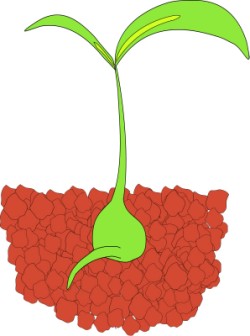
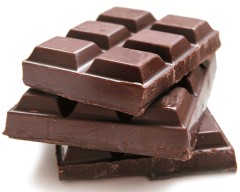
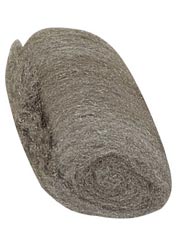
.jpg)
.jpg)
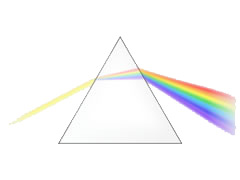
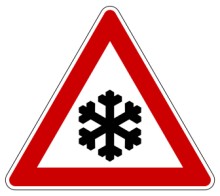
.jpg)